Vinoo N Mathur
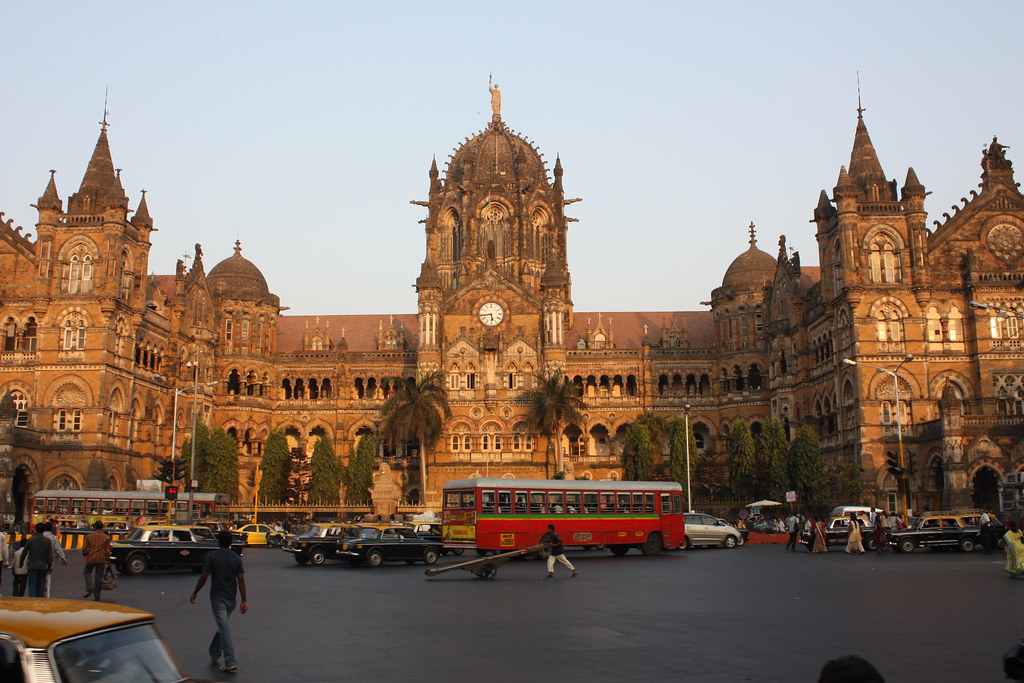
The gothic revival movement had its beginnings partially in philosophy and religion, as in Protestant Britain where people started looking back to the roots of pre Reformation Catholicism. The Industrial Revolution had disrupted the quality of life and the way things were done. This religious awakening and changes brought about by the new factories and railways led to people looking back to the stability and religious practices of the Medieval Age, resulting in greater appreciation of the architecture of that age among the cognoscenti.
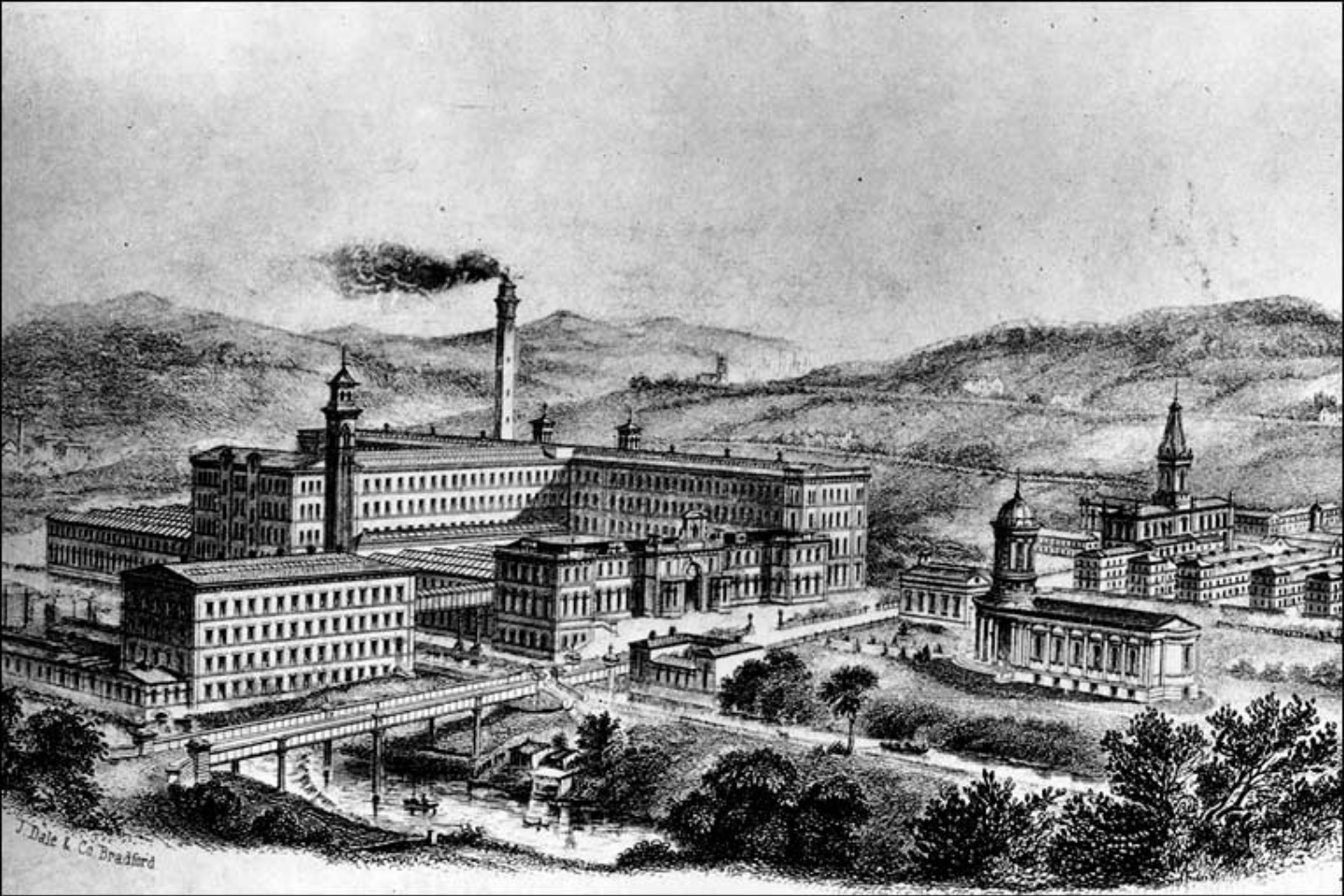
Movements such as the university-based Ecclesiological Society actively promoted the gothic revival. There were a few pioneering thinkers, designers and architects in Britain who also promoted the Victorian gothic revival. These included AWN Pugin, who contributed to the design of the Westminster Houses of Parliament and John Ruskin, who extensively studied the style in Europe, particularly Venice, and wrote on the subject. There were many others such as George Gilbert Scott who was associated with the design of St Pancras Railway Station in London; he also influenced the gothic revival in India.
From Britain and Europe, the style spread to the United States, Canada, India and elsewhere. In India, the strongest impact of the style was seen in Bombay. The credit for this goes to Sir Bartle Frere who was the Governor of Bombay from 1862 to 1867.
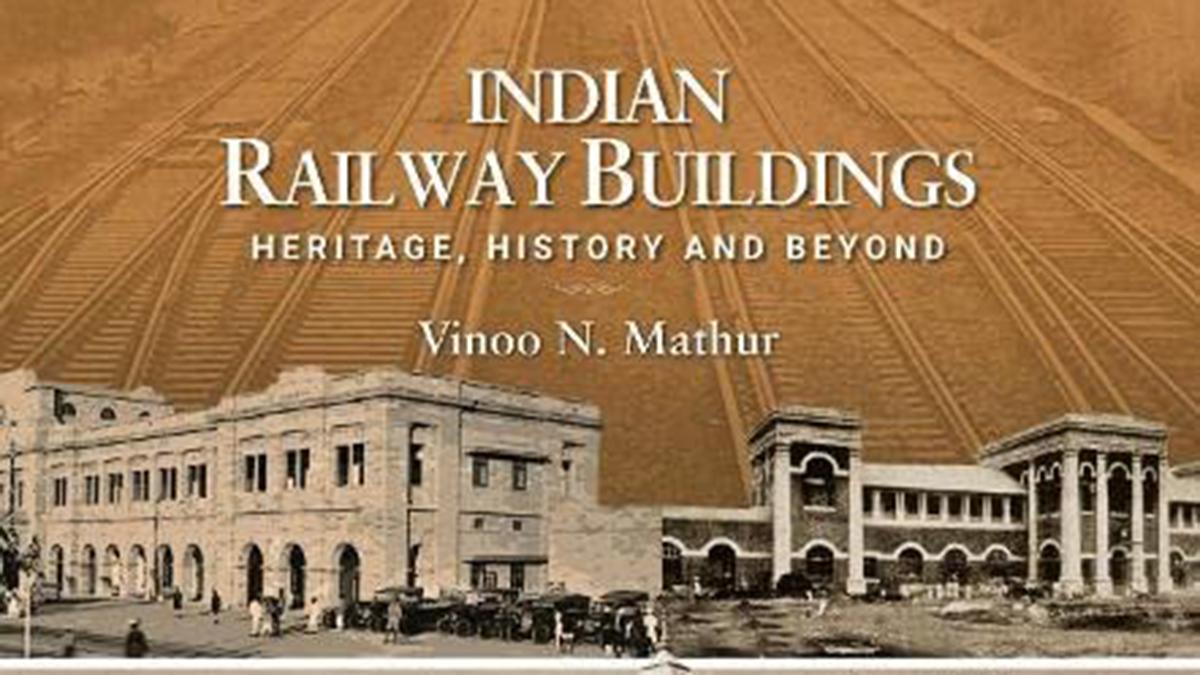
His association with Bombay, however, dated back to 1842 when he was appointed as the Personal Secretary to the then Governor of Bombay. He had declared his vision for Bombay as “Urbs Prima in Indis” (making Bombay the Premier City in India). In 1843, when Sir Bartle returned to England to get married, he studied the latest developments in the country and was impressed by the gothic revival style. Leading British architects were requested to send designs for the St John’s Church to be built in Bombay to commemorate those who had lost their lives in the Afghan War. This was one of the first Victorian gothic buildings in Bombay.
He adopted the teachings of the Ecclesiological Society and was instrumental in promoting gothic revival in Bombay. Later, as Governor, he appointed a Ramparts Removal Committee under a leading architect, James Trubshawe, to lay down the guidelines and oversee future government construction. One of his first acts was tearing down the old fortifications of the city which were constraining growth. He also meticulously planned and identified military and civil buildings that were to be built including barracks, a hospital, a high court, post and telegraph offices, a railway station, offices for Government departments and so on.
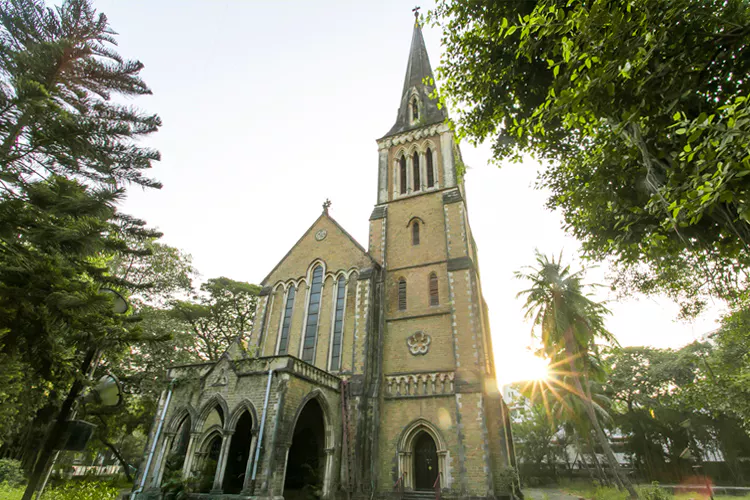
In the old Fort area, opposite what is today known as the “Maidan,” the skyline was totally transformed by Frere’s gothic dream. A series of fine buildings were built in the 1870s and 1880s, including the Secretariat building (architect: Henry St Claire Wilkins), the High Court (architect: Gen John A Fuller) and the University Convocation Hall, Library and Rajabai Tower (initial design by GG Scott, later modified by Gen Fuller and others). The exceptional Railway buildings in the city came up a bit later.
The former Great Indian Peninsula Railway (GIPR), which ran its first train in April 1853, had, by the end of 1863, over 885 km of railway network. It began to prosper with the opening of the hinterland, started expanding the network and looking for a suitable location for a terminal station for its two main lines in Bombay. The local management opted for a temporary goods and passenger station at Bori Bunder. Bombay was fortunate at the time in having an enlightened Governor in Sir Bartle Frere who played a key role in the expansion of the city, demolition of the old fort ramparts, reclamation of land from the sea, widening of roads and formation of a municipality.
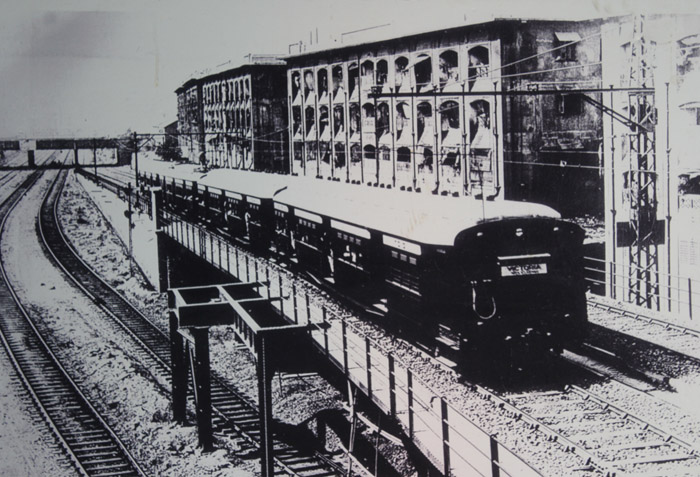
With the growing economic and commercial prosperity of the city, owing to the boom in cotton exports, some monumental buildings were built during the 1860s and 1870s. These highlighted the grandeur and supremacy of the Victorian Imperial rule and were built in the gothic revival style of architecture favoured by Sir Bartle. Some of the finest architects were involved in planning and design, including Sir Gilbert Scott, James Trubshawe and Lt Col James Fuller. This ensemble of gothic revival public buildings is considered one of the finest in this school of architecture in Asia.
The GIPR decided to build a combined station building and General Offices of the Railway at one site. It availed the services on loan of a well-known Government architect, Frederick William Stevens, who began his career in Pune and later transferred to Bombay, where his first major project was the Royal Alfred Sailor’s Home (now the Police Commissioner’s Office). He started work on his drawings for the Railway project in 1876 and was formally appointed as Executive Engineer in 1877.
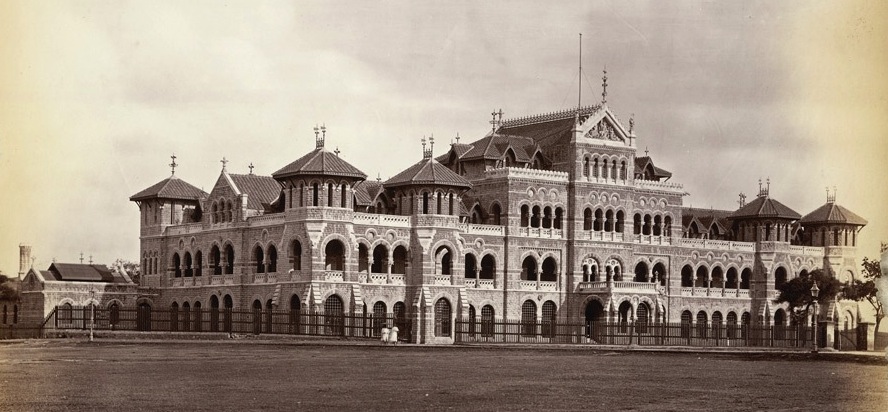
In 1878, he left for Europe on a 10-month furlough, to study famous station buildings. At the end of the trip, he submitted a complete set of plans. Construction of this project began at the end of 1878 and the erection took a full decade. The station was opened in 1887, the year of Queen Victoria’s Golden Jubilee, and was christened “Victoria Terminus.” The reasons for this long period of construction included funding issues, severe monsoons and, on occasion, sluggish work by the contractor, Messers Burjorjee Rustomjee & Co. The delays notwithstanding, the end product was what was considered the finest station building in the world.
(Excerpted with permission from Indian Railway Buildings: Heritage, History and Beyond, Vinoo N Mathur. Published by Niyogi Books/New Delhi)























